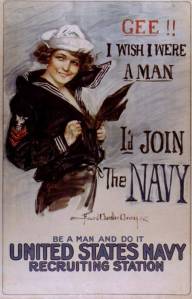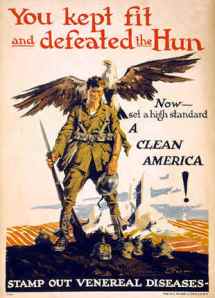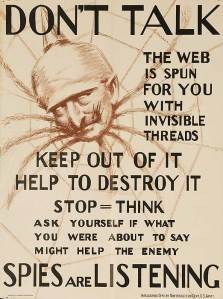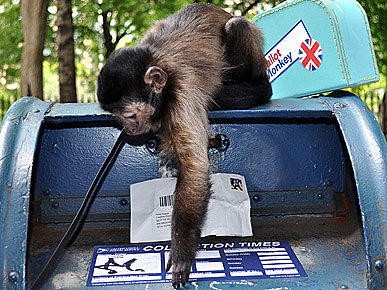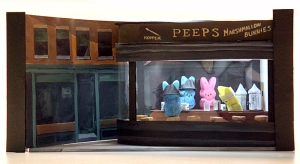In assisting a student hone her argument about the rise of “green” consciousness, I ran across a tiny article from 2002. Ironically, the story mentioned a New York Times essay on BP’s (then) $200 million-dollar attempt to reposition itself as a green company. BP redesigned its logo, launched a feel-good ad campaign that touted alternative fuels, purchased a solar energy company, and said it would cut its emissions 10% by 2010. Prwatch.org, however, charged that the company was merely “greenwashing” its image.
Intrigued by the unfamiliar word, I discovered that it dates back to 1989 and refers to disingenuous attempts to align one’s organization or activities with eco-friendly ideas and causes. Enviromedia has a greenwashing site that rates various “green” ads and provides other information, such as the reminder that greenwashing “can encourage [passive] consumers en masse to do the opposite of what’s good for the environment.”
Scot Case offers six sins of greenwashing in this video:
Blisstree.com provides an excellent example of greenwashing, the Huggies Pure and Natural disposable diaper. The blog points out that the packaging uses only 20% post-consumer recycled materials and that the diapers are in no way biodegradable. Clearly, the product represents Kimberly-Clark’s cynical attempt to prey on new parents too busy and tired to investigate the company’s green-sounding claims.
What of green-minded B(eyond)P(etroleum)? Well, in 2007, a panel chaired by James A. Baker III, noted liberal tree hugger, argued that the company failed to make safety a core value and
had not learned from a long string of past accidents, had “a false sense of confidence” about safety, “did not always ensure that adequate resources were effectively allocated to support or sustain a high level” of safety in the industrial process and rotated refinery chiefs too quickly.
A few months before his resignation, CEO John Browne responded that “We’ve never focused on profits above safety.” Check.
It’s great to know that BP started devoting major resources to safety and wasn’t merely greenwashing. Ah, it’s fabulous that BP really did learn from the refinery disaster and demonstrated its green love by pouring loads of money into safety procedures designed to minimize environmental disasters. At the very least, a company with profits the size of BP’s would carefully review its disaster plans in case an off-shore well started spewing oil into the Gulf of Mexico, right? Sure! As goddess of the geeks and BWW heroine Rachel Maddow points out, the high-tech plan included concern for the Gulf’s many walruses. Ummm, come again?
Hmm . . . maybe if BP hadn’t tried to prevent photographs of dead wildlife in the Gulf spill, we’d get a glimpse of those miraculous warm-water walruses in their slick new coats.
“We’re going to clean-up the oil, we’re going to remediate any environmental damage, and we are going to return the Gulf coast to the position it was in prior to this event.”
—BP CEO Tony Hayward
Yes—just like the 1969 Massachusetts spill and the 1989 ExxonValdez spill!
It’s great to know that BP champions green causes and wouldn’t greenwash us with hollow rhetoric!













